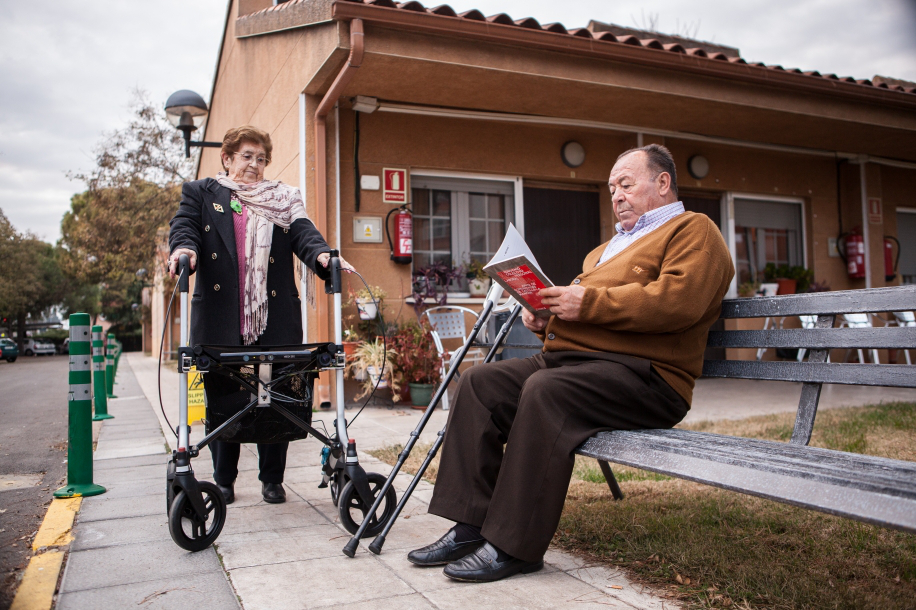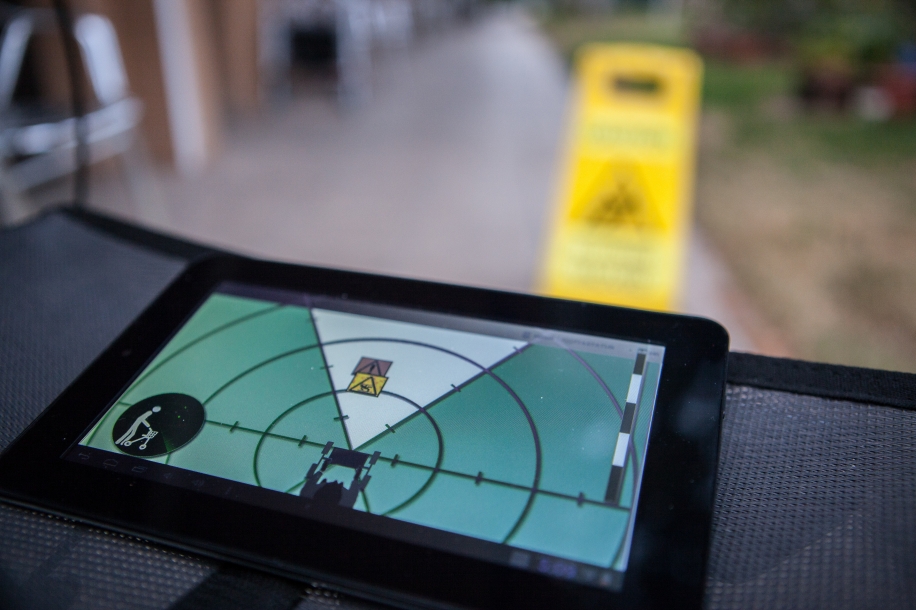

The so-called Internet of Things is often underwhelming — who really needs a tweeting oven? — but inspiring applications of embedded sensors and ubiquitous connectivity still appear, and sometimes from the most unexpected places. Take this smart walker, for instance: The same tech that goes into tacky toys and frivolous appliances could help an aging generation regain its mobility and independence.
We’ve all seen walkers, of course — terribly low-tech aluminum affairs with tennis balls skewered onto the front struts to act as brakes. And if you’ve been to the physical therapy and rehabilitation areas of hospitals, you’ll have seen the walkways on which patients with impaired mobility truck up and down as pressure sensors record and analyze their gait.
The Friendly Robot Walker, or FriWalk, is a high-tech mobility aid that not only props someone up while they walk, but uses depth-sensing cameras (an original Kinect, among other cameras) and hidden sensors to monitor their gait and mood — even watching in front for dicey terrain, obstacles and other FriWalk users.
That may sound to some like overkill for a simple walker, but it addresses several failings in the medical and support systems on which these people rely.
Perhaps most importantly, it vastly improves the data on a person’s mobility and recovery. Observations of a person’s movements in everyday life are potentially far more valuable than lab data, and what comes out of the FriWalk is also richer and more voluminous: The depth cameras capture a great deal of detail about how the legs and feet are getting along.
“We process 15 to 20 frames per second, which produces a virtual walkway on which we can see the footprints on the floor together with the corresponding pressure distribution as well as the path of motion of the feet in the air,” said Siemens technologist Josef Birchbauer, who works on the project, in a post at the company’s blog.
Facial expression analysis, heart rate and more are added to the pile, as well. That kind of soft data may not mean much over a single session, but aggregated can provide unique insights into recovery progress.

The outward-facing sensors help address problems that arise when a person also has impaired sight or awareness — a break in the sidewalk might not be obvious, but a big yellow caution sign on the screen in front of your face sure is.
FriWalks will also be personalized with the user’s interests and networked with those being employed by others. A nearby art exhibition could then be recommended to a senior who otherwise might never have heard of it, encouraging both exercise and social contact, things people who are hospitalized or at a nursing home tend to lack. On the other hand, if a space is found to be too crowded or unpleasant by another FriWalk, a user could be warned away before entering an unpleasant situation.
The project is being pursued by an international consortium of researchers under a €4.3 million grant from the European Commission; plans are in place to test it with 100 seniors in Spain, Italy and England over the next year or so.

